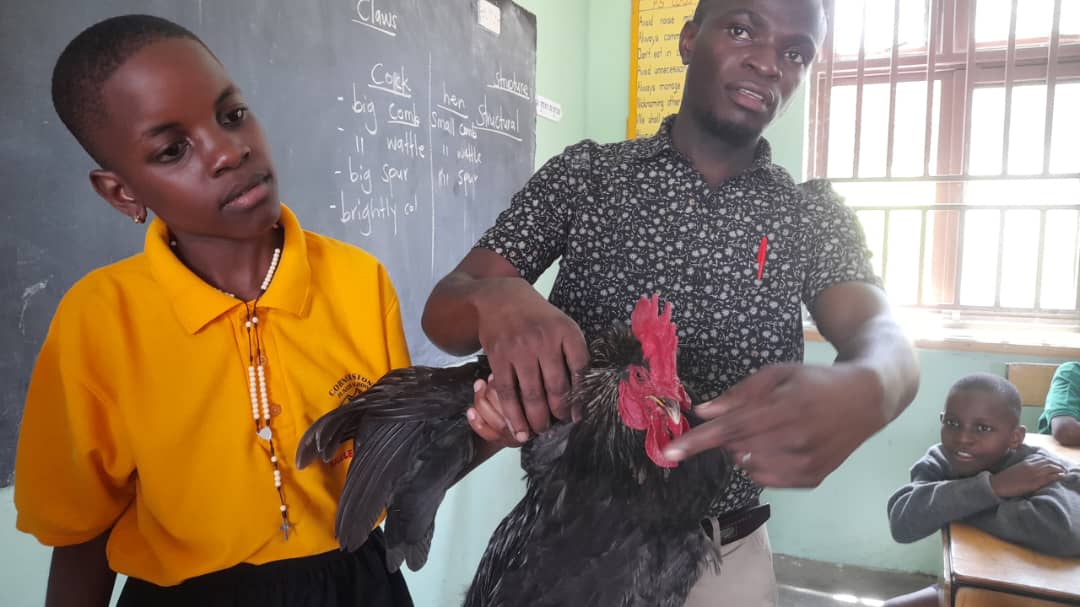
Learning Beyond the Textbook: The Power of Real Objects in Science
At Cornerstone Junior School, we believe that the best way to learn science is through firsthand experiences. A perfect example is the recent Primary Five science lesson, where our teacher used a real rooster to explain poultry characteristics. Instead of relying solely on textbooks, students observed and interacted with the bird, identifying features such as combs, wattles, and spurs. This hands-on approach made the lesson more engaging, ensuring students retained the information more effectively.
Using real objects in science lessons enhances understanding by allowing students to see, touch, and analyze what they are learning. Handling an actual rooster, for instance, provides a deeper appreciation of its anatomy compared to just viewing images. This method also encourages curiosity and critical thinking, as students naturally ask more questions and make meaningful connections to their environment. Such interactive learning not only strengthens knowledge retention but also fosters essential problem-solving skills.
At Cornerstone Junior School, we are committed to making science practical and enjoyable. Incorporating real objects into lessons keeps students engaged, turning abstract concepts into tangible experiences. This approach not only improves academic performance but also nurtures a passion for discovery and innovation. By bringing science to life in our classrooms, we empower our students with the confidence and skills they need for future success.
#Unlocking potentials through breaking barriers
